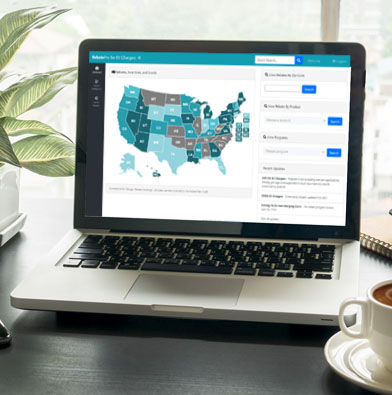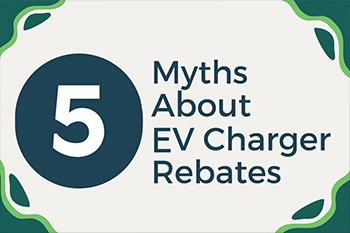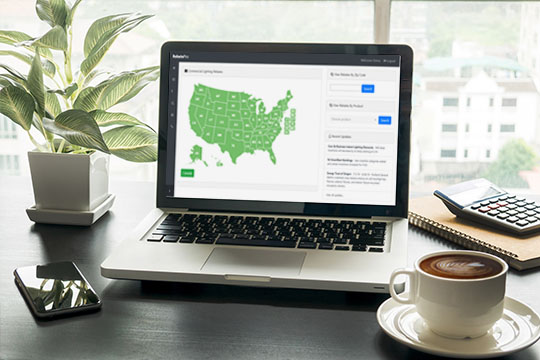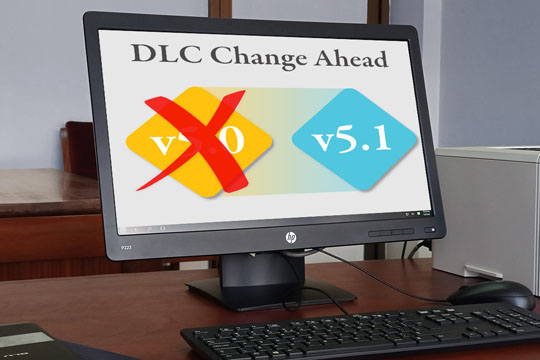In the early days of EV charging, installing public stations was often viewed as a customer perk or a long-term investment, not an immediate revenue driver. But that’s starting to shift as we’re seeing more drivers use public chargers, and those drivers are spending money while they wait.

Even with a softening EV market in North America, millions of electric vehicles are on the road and need a place to charge. In the right locations, EV chargers are becoming a real business opportunity. But even with that momentum, incentives are still needed to turn a decent project into a wise investment.
Charger Utilization Keeps Growing
Public chargers can’t be profitable if they’re just sitting around idle. Luckily, that’s starting to change. According to data from Stable Auto, in December 2024, DCFC charger utilization achieved a new high of 19%. Level 2 chargers steadily increased utilization throughout 2024, reaching 14.9% in December. Their report states that 13 states now have charger utilization over 15%, which they consider a threshold for charging profitability.

What’s even more surprising is that this increase happened despite more than 70,000 new ports coming online during the year. And that’s just the average. Busy locations are seeing far more charging sessions and significantly higher revenues.
Drivers Are Spending Money While They Charge
Revenue from session fees is only part of the value of a charger. Sites with EV chargers installed can also see increased business. When someone’s charging for 30 to 60 minutes, they’re not just waiting around. They’re buying coffee, snacks, meals, or even shopping. For example, a convenience store near a highway charger might see a noticeable bump in beverage and snack sales during peak evening hours when commuters top off their EVs before heading home. Over time, this new customer behavior can lead to higher margins and more repeat visits. In fact, Blink Charging reports that 89% of EV drivers make a purchase while charging at retail sites. That’s a massive opportunity.
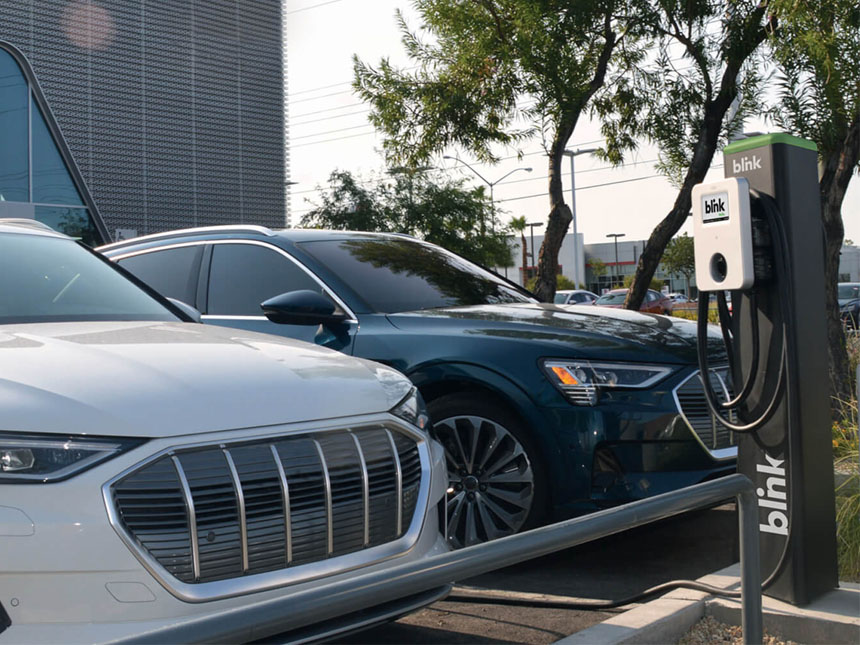
Charging stations bring in traffic, and that traffic converts to increased sales. Retailers, gas stations, and hotels are starting to realize this. For them, it’s not just about selling electricity; it’s about everything else that happens while the car is plugged in.
But Most Projects Still Don’t Work Without Rebates
Even with more revenue from charging and increased retail sales, the installation cost for EVSE is still high. That’s where incentives continue to make the difference.
- ● A dual-port Level 2 install can cost $10,000 to $15,000
- ● A DC fast charger project can easily run $100,000 to $150,000
- ● Utility upgrades, trenching, and permitting all add to the total cost
- ● Ongoing maintenance, site cleanup, and network fees can also add up
Luckily, there are many strong rebate programs available across the country. Currently, 77% of the US is covered by an active rebate or incentive for installing an EV charger. That’s not even counting the federal NEVI programs, which are currently in limbo.

At the moment, the average incentive for a Commercial Level 2 charger is $2,325, and for a DCFC charger it's $23,219. Those figures don't even account for stackable rebates or make-ready programs, which can significantly reduce project costs even further.
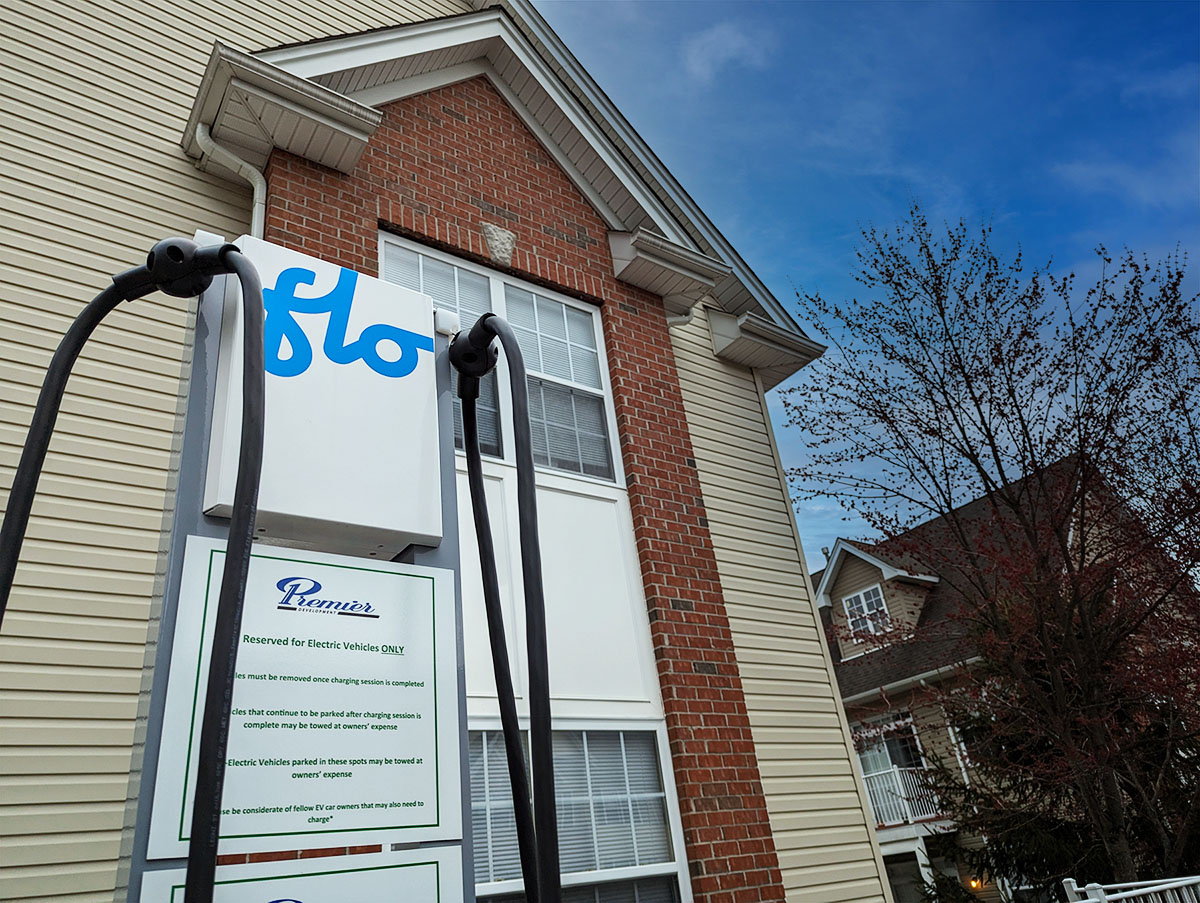
See the Impact of Rebates
Multi-family properties are one of the most common use cases for EV charger installations. In these settings, rebates and incentives become even more critical, since there’s typically no opportunity to generate additional revenue from purchases made while charging. To see the impact rebates can make, look at this example of a condominium complex that installed ten single-port, Level 2 chargers.
| Amount | |
|---|---|
| Base Project Cost | $110,000 |
| Utility / Make-Ready Rebate | –$30,000 |
| State/Local Rebate ($4,000 per port) | –$40,000 |
| Subtotal | $40,000 |
| 30C Tax Credit (30%) | –$12,000 |
| Final Out-of-Pocket Cost | $28,000 |
| Total Savings From Rebates and Incentives | $82,000 |
Just think how many charging sessions it would take to generate $82,000 in revenue. The utility, state, and federal funding turned a six-figure project into something with a much more attractive ROI.
Make Sure To Put Incentives On Every Proposal
Public charging is getting better. Usage is up, customers are spending, and site hosts are starting to see real value. But most installations still don’t pay for themselves unless incentives are part of the plan.
Thankfully, nearly 500 rebate and incentive programs are currently available in the US and Canada to reduce the upfront cost. If you’re running financials for EV charger projects without factoring in rebates up front, you’re not getting the full picture. Incentives can be the make-or-break decision in the first years of service. Anyone looking to install an EV charger should take the time to fully research all available funding in the early stages of planning and development.
Find Rebates for Your EV Charger Projects
The fastest way to look up all available rebates, incentives, grants, and tax credits for your EV charger projects is RebatePro for EV Chargers. Within minutes, you can look up all the currently available funding for a specific project, or use the Multi-location Search to review up to 10,000 locations at once. It makes it easy for you to factor potential funding into every project.


